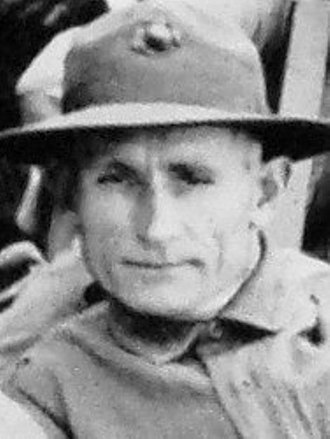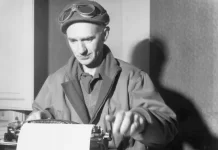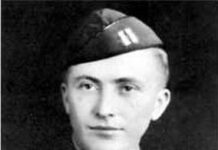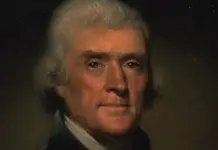The Medal of Honor is credited to New York, but Gunnery Sgt. Fred William Stockham is a Marine buried at Hollywood Cemetery in Union, New Jersey, most likely because as an orphan he was raised by his aunt in Irvington. He apparently joined the Marine Corps from a New York office.
But there is a story about both the Medal of Honor recipient and the determination of Marine Corps officers in ensuring that their heroes are properly remembered, respected and honored.
Fred Stockham was born March 16, 1881, in Detroit, Michigan and joined the Marine Corps prior to World War I. While serving as a Gunnery Sergeant with the 96th Company, 2nd Battalion, 6th Regiment, 4th Brigade of the 2nd Division on June 13-14, 1918, the enemy bombarded Sgt. Stockham and his fellow Marines while they were in trenches near Belleau Woods in France. Stockham, at Boi-en-Belleau. In aiding others more severely injured than himself, the Marine ripped off his own gas mask and placed it on the face of the Marine he was carrying when that Marine’s mask was shot away. Taken to a field hospital himself, Stockham died a few days later, June 22, the results of gas poisoning. More than 90 per cent of the troops were killed or wounded in that assault by the enemy in France.
Stockham’s commanding officer, Lt. Clifton Gates, wrote a citation to have the Marine considered for the Medal of Honor.
Twenty-one years later, Lt. Gates was General Gates, Commandant of the Marine Corps. He discovered that the citation he had signed and submitted two decades earlier had been lost. It was 1939, and the US Congress had closed acceptance of applications for World War I two years earlier. Nonetheless, Commandant Gates submitted his citation, and Gunny Sgt. Stockham received his Medal.
Originally buried in France, Sgt Stockham’s aunt had his body returned to the United States and he was buried in the Union Cemetery.
Sixty years after his death and years after his body was re-interred in Union, Paul Angelo the Registrar of Veterans graves for Union County, discovered there was no VA marker on the hero’s grave; he conducted the research and secured approval to obtain a VA marker. When the marker was dedicated in 1983, it was Capt. Max Cleland, a Vietnam vet who had lost both his legs in that later war, who headed the dedication team.
The Medal of Honor was presented at the Smithsonian Institute in Washington, DC, on Dec. 21, 1939. It was later presented to an American Legion Post named in Gunny Sgt. Stockham’s honor in St. Louis, Missouri. A replica of the Medal is now at the Naval Historical Center at the Washington Navy Yard
CITATION
During an intense enemy bombardment with high-explosive and gas shells which wounded or killed many members of the company, GSgt. Stockham, upon noticing that the gas mask of a wounded comrade was shot away, without hesitation, removed his own gas mask and insisted upon giving it to the wounded man, well knowing that the effects of the gas would be fatal to himself. He continued with undaunted courage and valor to direct and assist in the evacuation of the wounded, until he himself collapsed from the effects of gas, dying as a result thereof a few days later. His courageous conduct undoubtedly saved the lives of many of his wounded comrades, and his conspicuous gallantry and spirit of self-sacrifice were a source of great inspiration to all who served with him. Stockham
More Stories of Medal of Honor Recipients HERE



